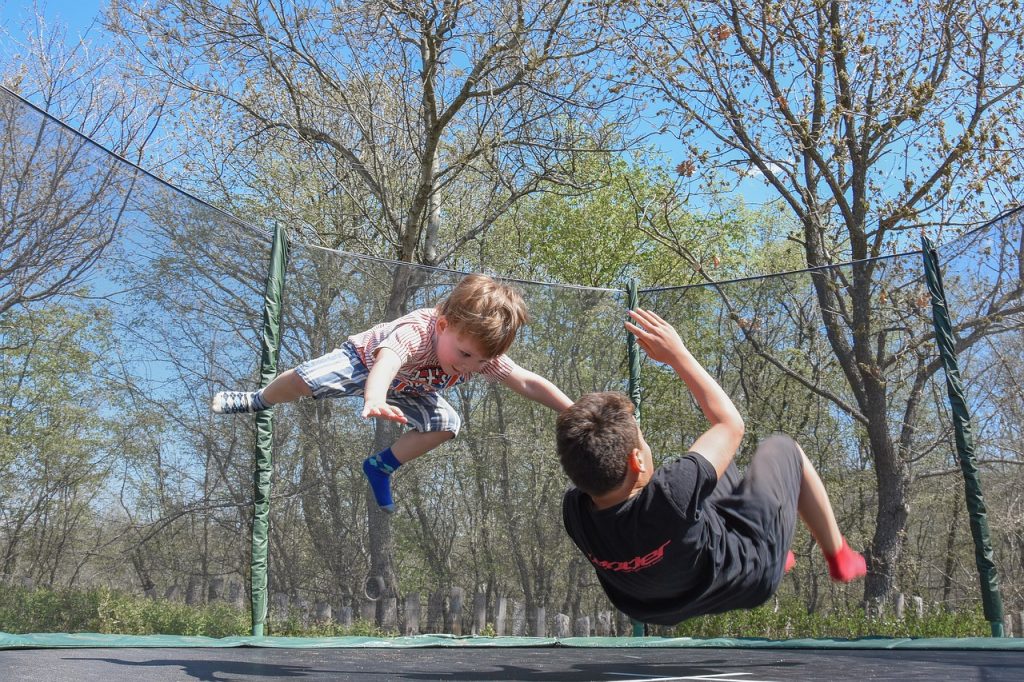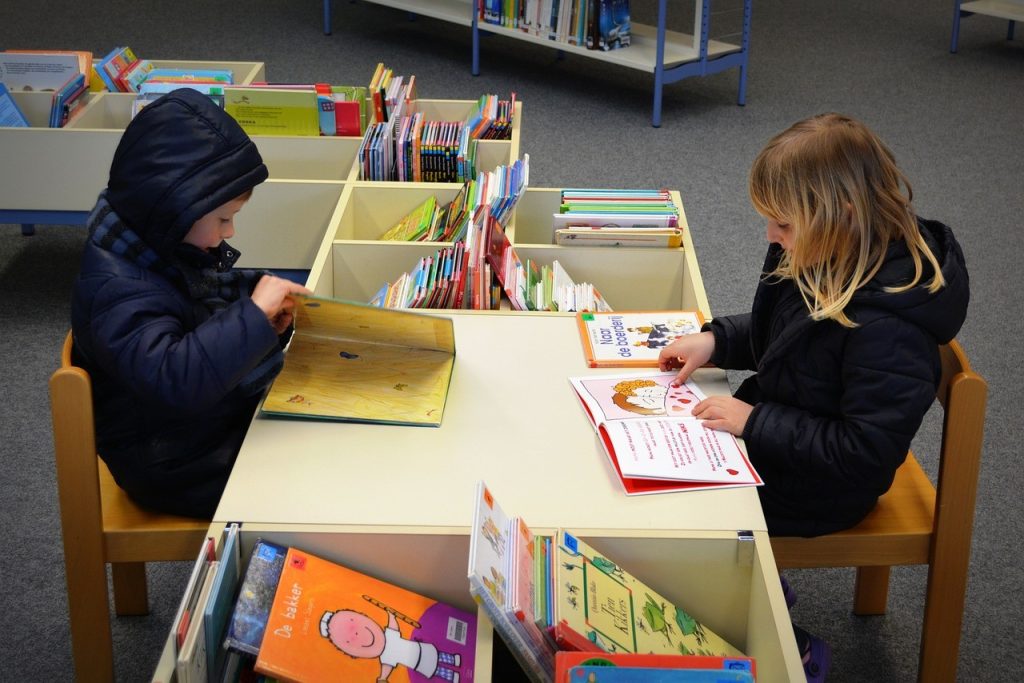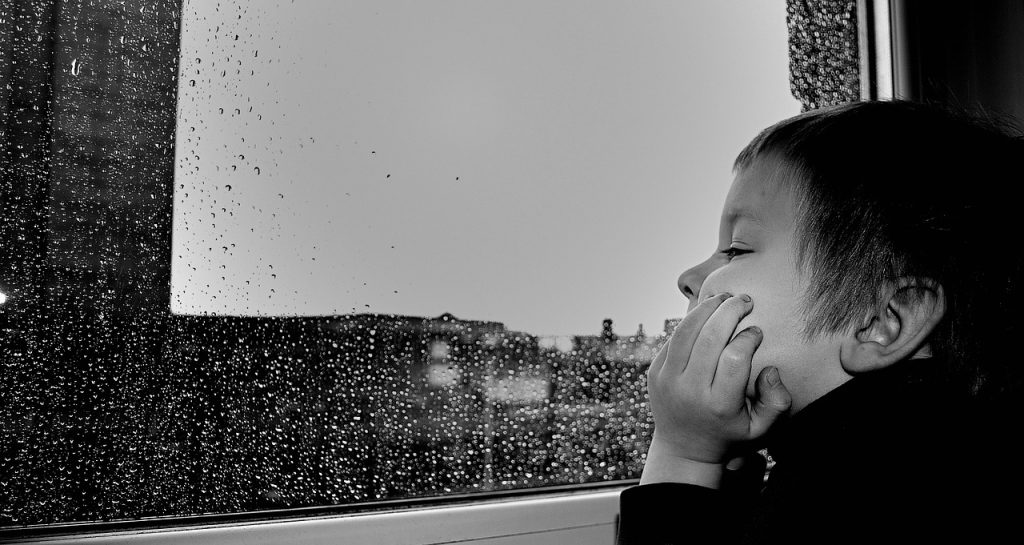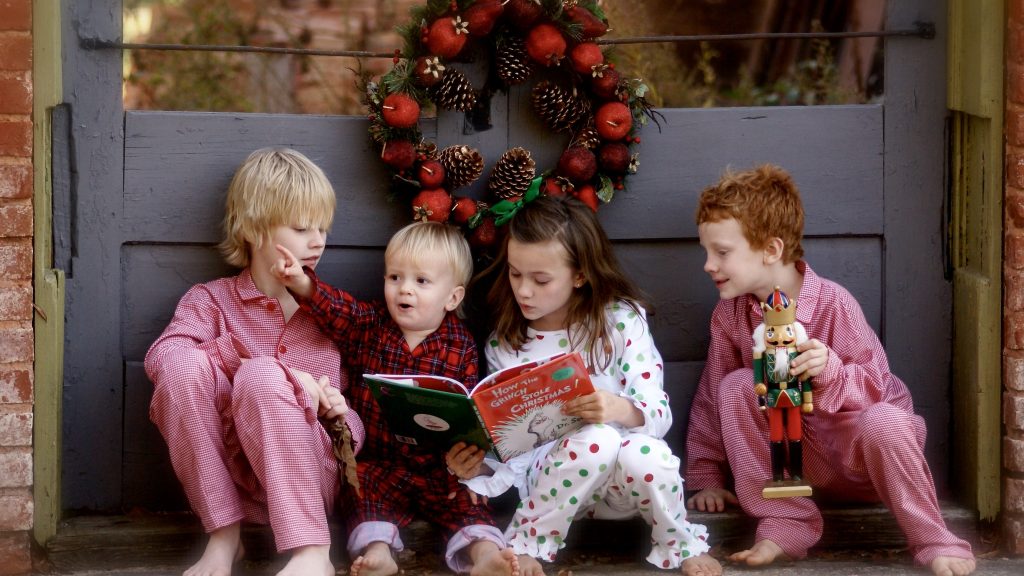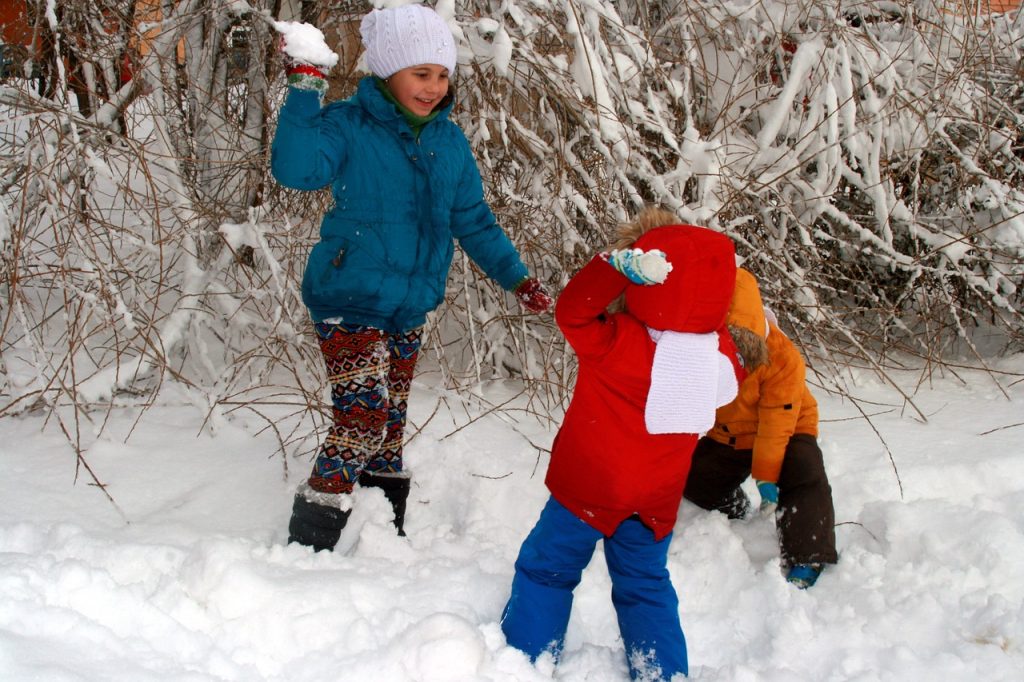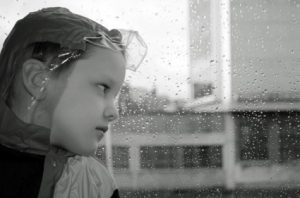 If you’re running out of inspiration then have a look at our 101 ideas!
If you’re running out of inspiration then have a look at our 101 ideas!
Inside
1. Read stories
2. Make a den under a table
3. Give dolls a bath
4. Wash the dolls clothes
5. Have a teddy tea party
6. Have a tickle fight
7. Play dressing up
8. Dance to the radio
9. Have a film screening
10. Transform a cardboard box
Outside
1. Run races
2. Have a sack race
3. Skip
4. Draw on the drive/patio with chalk
5. Have a water fight, even if it’s raining
6. Play football
7. Go for a scoot or bike ride
8. Eat a picnic
9. Make a daisy chain
10. Jump in puddles
Days out
1. Go on a train to a different town
2. Take a bus to a different park
3. Go to the zoo
4. Take a long walk in the country
5. Visit a ruined castle
6. Go to a museum
7. Visit a farm park
8. Go to soft play
9. Have fun at the seaside
10. Go to a planetarium
In the kitchen
1. Make bread
2. Bake and decorate a cake
3. Build a gingerbread structure
4. Master meringues (egg white + sugar = magic)
5. Make your own butter in a jam jar by shaking whole milk
6. Make jam
7. Ice biscuits
8. Create fruity cocktails
9. Freeze (and eat) your own ice lollies
10. Invent a herb or spice mix or a marinade
Constructing and modelling
1. Make a skyscraper from toothpicks or cocktail sticks and marshmallows
2. Create a Lego or Duplo town
3. Get the railway track out and take over the floor
4. Junk model
5. Create and paint figurines or jewellery from Plaster of Paris
6. Make a marble run
7. Build an outside den
8. Make and sail paper boats
9. Have a competition to build to the tallest tower from a newspaper and roll of sellotape
10. Challenge yourselves with a 3D jigsaw
 Messy play
Messy play
1. Cook rainbow spaghetti
2. Make playdough
3. Play with gloop (cornflour and water)
4. Mix mud pies
5. Blow bubbles
6. Play with jelly
7. Fill a box with shredded paper
8. Make potions, from anything!
9. Play with diggers in a tray of compost
10. Make glittery cloud dough
Painting and drawing
1. Fill eggshells with paint and throw them
2. Paints with forks, spoons and other kitchen utensils
3. Cut fruit and vegetables to make prints
4. Roll cars through paint on paper
5. Be inventive with hand and foot prints
6. Make your own natural paint from spices
7. Make self-portraits
8. Make a cartoon in a flip notebook
9. Play Pictionary
10. Draw blindfolded
Science
1. Put an egg into vinegar and watch the eggshell dissolve
2. Now see what happens when you put an egg into Coca-Cola
3. Experiment with chromatography
4. Grow cress-heads
5. Inflate a balloon by mixing bicarbonate of soda and vinegar in a bottle
6. Go on a nature hunt and identify the plants and bugs you see
7. ‘Rescue’ playmobile figures from a block of ice
8. Grow salt crystals
9. Make a rainbow on a sunny day
10. Experiment with shadows
Crafts
1. Sew a dress for a doll or a quilt for a teddy
2. Weave a table mat on a home made loom
3. Make candles
4. Create a bowl from papier maché
5. Make pom-poms
6. Mix up some bath bombs
7. Learn to knit
8. Make a drop spindle
9. Decorate sock puppets
10. Make a necklace or bracelet by threading beads on ribbon
Around town
1. Have a grown up ‘coffee’ in a café
2. Visit the library
3. Draw a sketch map of the town
4. Go on a treasure hunt
5. Learn about architecture
6. Research your area’s history
7. Learn to read an OS map
8. Take a different route every day
9. Search the town archives or the internet for old photographs and drawings of the town and talk about how it has changed
10. Take photographs and make a guidebook showing all your favourite places


